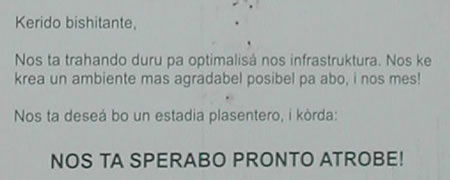Tháinig mé ar ais go Brighton oíche Shathairn i ndiaidh turas an-fhada ar bhusanna, eitleán agus traein. Bhí an Scoil Shamhraidh in Oideas Gael ar fheabhas ar fad. Chas mé le go leor daoine an deas agus tréitheach, lena n-áirítear an tUachtarán na hÉirinn, cé bhí sa rang ceana agus mise, d’fhoghlaim mé níos mó Gaeilge agus amhráin Gaelach, agus chuala mé ceol agus filíocht den chéad scoth. Beidh mé ag dul ar ais go Gleann Cholm Cille ag an am chéanna don bhliain seo chugainn gan amhras ar bith.
Mi ddes i ‘nôl i Brighton nos Sadwrn ar ôl taith hir iawn ar bysiau, awyren a thrên. Oedd yr ysgol haf yn Oideas Gael yn wych. Mi gwrddais â llawer o bobl dymunol a dawnus iawn, yn cynnwys yr arlywydd Iwerddon, pwy oedd yn yr un dosbarth â fi, mi ddysgais mwy o Wyddeleg a chaneuon, a mi wrandais gerddoriaeth a barddoniaeth ardderchog. Bydda i’n mynd yn ôl y blwyddyn nesa yn ddi-os.
I got back to Brighton on Saturday night after a long, long journey by bus, plane and train. The summer school at Oideas Gael was fantastic. I met many interesting and talented people, including the president of Ireland, who was in the same class as me, I learnt more Irish and Irish songs, and I heard some excellent music and poetry. I’ll definitely be back there next year.
I’ll try and write a bit more about my adventures soon.




